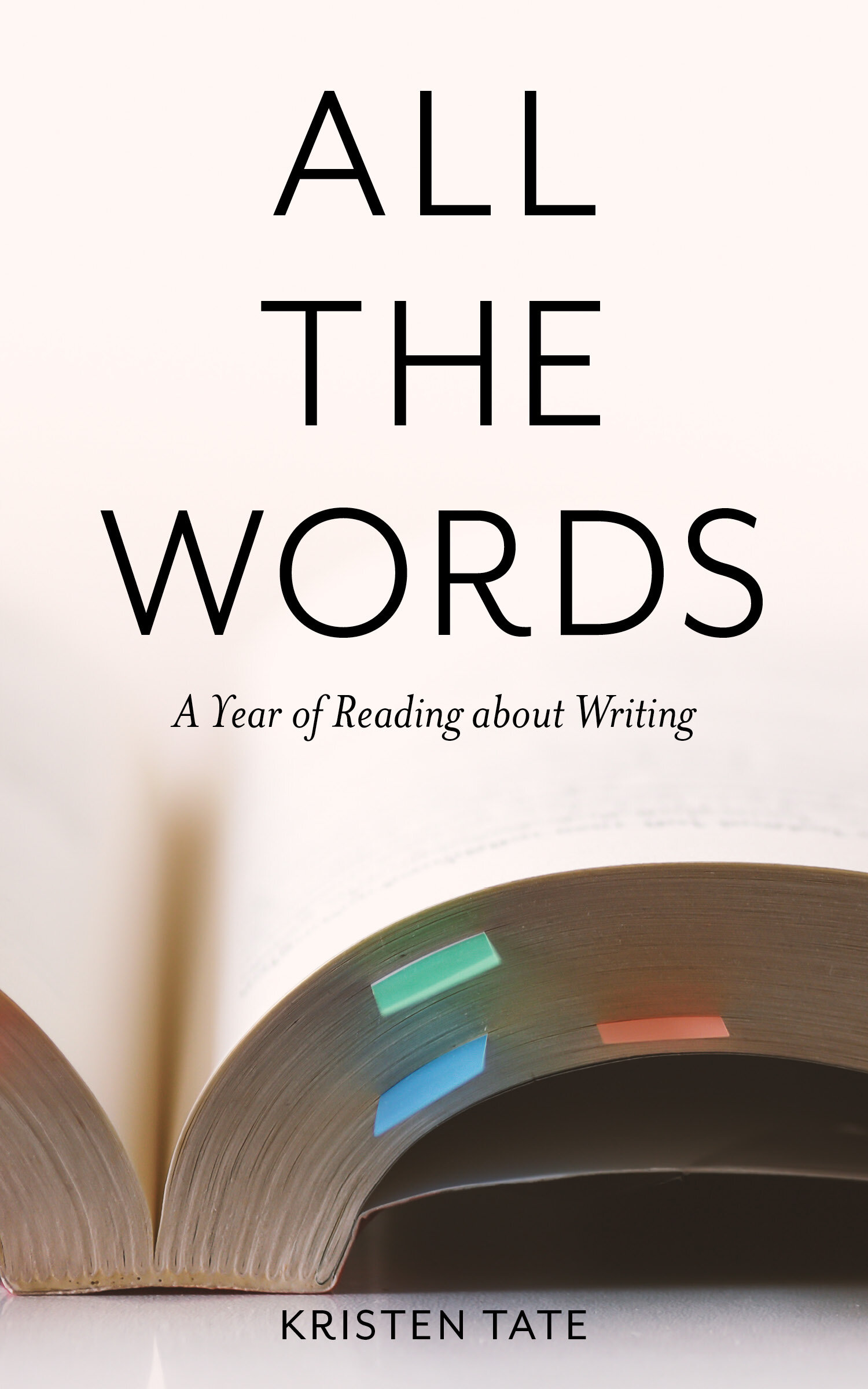It Was the Best of Sentences, It Was the Worst of Sentences, by June Casagrande
This is part of a series of weekly reviews of writing craft books written in 2019, later revised and collected in Kristen’s book All the Words: A Year of Reading About Writing. Read the first chapter or buy the book in our Shop.
It is week thirty-two of 2019. How did the writing go this week? Just as I had hoped, I sat down amongst the redwoods last weekend to spin out ideas for my novel. I tried to use KM Weiland’s outlining formula but realized that I don’t yet know enough about my characters and setting to productively answer those why questions, so I’m going to do some more thinking and gathering before trying again. These waning days of summer are perfect for the kind of aimless reading and daydreaming that lead to flashes of inspiration way down the road when you’ve forgotten to expect them.
This week’s book – June Casagrande’s It Was the Best of Sentences, It Was the Worst of Sentences: A Writer's Guide to Crafting Killer Sentences – is the opposite of aimless and daydreamy. This is a book of short sentences, sharp angles, and clear advice.
Casagrande’s aim is to make you a better writer, not to teach you grammar – the grammar instruction is just something that happens along the way. Like learning about dovetail joints in the course of making a table, you will learn about relative clauses in the course of creating strong sentences. You will always know the why before she explains the how.
For example, she kicks off the book by demonstrating how to use subordination to highlight the main point of your sentence. Consider this example: “Before robbing a bank, Mike was an accountant.” Tacking on the subordinating conjunction before diminishes the power of the bank robbery, giving Mike’s status as an accountant the grammatical starring role in the sentence. Consider this change: “After twenty-five years as an accountant, Mike robbed a bank.” Once you understand this principle, you can use the subordination lever to bring down the house lights and spotlight your main point.
Casagrande treats relative clauses, prepositional phrases, and participial phrases in a similar way, showing you how to use them to add detail to sentences while avoiding the dreaded danglers and misplaced modifiers. Here’s a dangler for you: “Walking down the beach, Theo’s shoulders got sunburned.” It wasn’t Theo’s shoulders walking down the beach – it was Theo or his feet. To fix: “Walking down the beach, Theo got a sunburn on his shoulders.”
Casagrande is a journalist and, though she does also cover fiction, she is more focused on clarity than art. She prefers short sentences and has no use for semicolons. (Her choice of a cumbersome title referencing the famously long and complex opening sentence of Dickens’s Tale of Two Cities feels a bit off-brand.) Yet she is far from being a dictator: “Every one of the writing ‘rules’ you hear is rooted in a good idea with at least some practical application. Yet none of these rules is worth a damn when stretched into an absolute.” Instead, she advises, “Think of them not as rules but as safe havens. If you’re getting into trouble with a long sentence, you can chop it into shorter sentences. If your adverb-laden sentence falls flat, you can just ditch the adverbs.”
In other words, get down to the basics: What is the main action in this sentence? That’s your verb. Who is doing the action? That’s your subject. What is this thing you are talking about? That’s your noun, to be placed wherever it will fit best. Clarify these elements for yourself and the sentence will straighten out.
Although Casagrande gives you permission to ignore the rules, she insists that you cannot ignore the reader. “Your writing is not about you. It’s about the Reader. Even when it’s quite literally about you—in memoirs, personal essays, first-person accounts—it’s not really about you.” This doesn’t mean that you have to force your story into a path you think your ideal reader will approve or tamp down your distinctive voice. But it does mean that you need to try to read your writing like a reader would, especially during revision. Casagrande’s book will help you do just that.
Here’s to revising for the reader, y’all,
Kristen
Check out our Resources page for more in-depth articles on writing, revising, polishing, and publishing your novel. Sign up for our weekly newsletter for fresh content, and you’ll also get our free PDF with recommended reading for writers!


